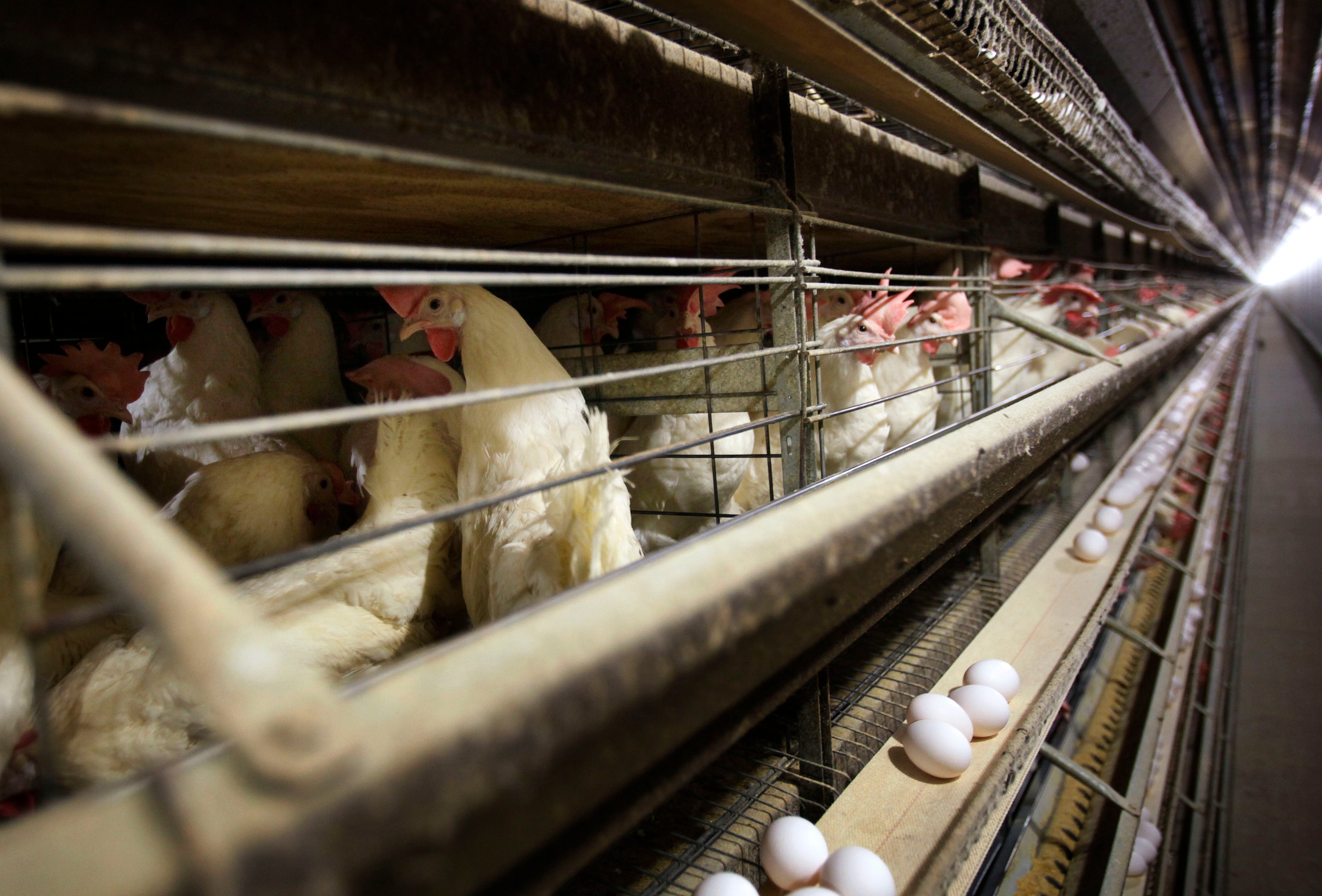Current Situation and Spread

Colorado bird flu – Colorado is currently experiencing an outbreak of highly pathogenic avian influenza (HPAI) H5N1, commonly known as bird flu. The virus has been detected in wild birds, domestic poultry, and backyard flocks across the state.
The recent outbreak of bird flu in Colorado has raised concerns among poultry farmers and consumers alike. As the virus continues to spread, it is crucial to stay informed about the latest developments. For up-to-date news and analysis, tune in to morning joe , where experts discuss the implications of the outbreak and provide practical advice for staying safe.
The virus is highly contagious and can spread rapidly through direct contact with infected birds or their bodily fluids, as well as through contact with contaminated surfaces. The virus can also be spread through the air over short distances.
Affected Areas
The virus has been detected in multiple counties across Colorado, including Adams, Arapahoe, Boulder, Denver, Douglas, Jefferson, Larimer, and Weld. The Colorado Department of Agriculture (CDA) is actively monitoring the situation and working to contain the spread of the virus.
The recent outbreak of bird flu in Colorado has raised concerns among poultry farmers and public health officials alike. While scientists continue to investigate the origins and spread of the virus, some researchers have speculated that it may have originated from the depths of the nasa moon caves.
These caves, which have been the subject of extensive research and exploration, are believed to contain a wealth of biological material that could potentially harbor viruses and other microorganisms. As the investigation into the Colorado bird flu outbreak continues, it remains to be seen whether this hypothesis will be substantiated.
Impacted Birds
The virus has been detected in a variety of bird species, including domestic chickens, turkeys, ducks, geese, and wild waterfowl. Migratory birds, such as ducks and geese, can carry the virus over long distances, contributing to its spread.
Impact on Wildlife and Agriculture

The bird flu outbreak has had a significant impact on both wildlife and the agriculture industry in Colorado. Native bird populations have been particularly hard hit, with many species experiencing high mortality rates.
The economic consequences for the poultry industry have also been severe, with millions of birds being culled in an effort to contain the spread of the virus. Measures have been taken to prevent the spread of the virus to domestic birds, including increased biosecurity measures and restrictions on the movement of poultry.
Impact on Native Bird Populations, Colorado bird flu
- Many native bird species in Colorado have been affected by the bird flu outbreak.
- Some of the most severely affected species include waterfowl, raptors, and songbirds.
- The virus has caused high mortality rates in these populations, with some species experiencing losses of up to 90%.
Economic Consequences for the Poultry Industry
- The bird flu outbreak has had a significant economic impact on the poultry industry in Colorado.
- Millions of birds have been culled in an effort to contain the spread of the virus.
- This has led to a decrease in the supply of poultry products, which has resulted in higher prices for consumers.
Measures to Prevent the Spread of the Virus
- Several measures have been taken to prevent the spread of the bird flu virus to domestic birds in Colorado.
- These measures include increased biosecurity measures, such as restricting the movement of poultry and disinfecting equipment.
- Additionally, the state has implemented a mandatory vaccination program for all commercial poultry flocks.
Public Health and Safety: Colorado Bird Flu

The avian influenza virus, commonly known as bird flu, poses a potential threat to human health. While the risk of infection is generally low, it is crucial to take necessary precautions to protect ourselves and our communities.
Exposure to the virus can occur through contact with infected birds or their secretions, such as feces or saliva. Infected poultry and their products, including eggs, can also transmit the virus.
Symptoms and Risks
- Symptoms of bird flu in humans can range from mild to severe and may include fever, cough, sore throat, muscle aches, and fatigue.
- In severe cases, the virus can lead to pneumonia, respiratory failure, and even death.
- Certain groups of people, such as poultry workers, veterinarians, and travelers to affected areas, are at higher risk of exposure.
Protective Measures
- Avoid contact with sick or dead birds, and report any unusual bird deaths to local authorities.
- Practice good hygiene, including frequent handwashing with soap and water, especially after handling poultry or poultry products.
- Cook poultry and eggs thoroughly to kill any potential virus.
- Wear appropriate protective gear, such as gloves and masks, when handling infected birds or their secretions.
- Get vaccinated against seasonal influenza. While this vaccine does not protect against bird flu, it can help reduce the risk of co-infection, which can worsen the severity of illness.
Vaccination Programs
Vaccination programs for poultry are essential in controlling the spread of bird flu and reducing the risk of transmission to humans. By immunizing poultry, we can create a barrier to infection and prevent the virus from spreading through flocks.
Vaccination programs should be implemented in accordance with local and national guidelines, and should target high-risk areas and populations.